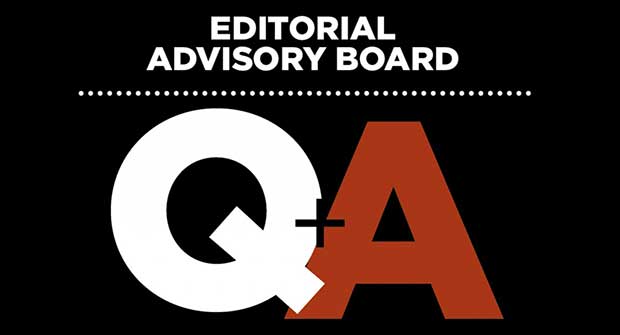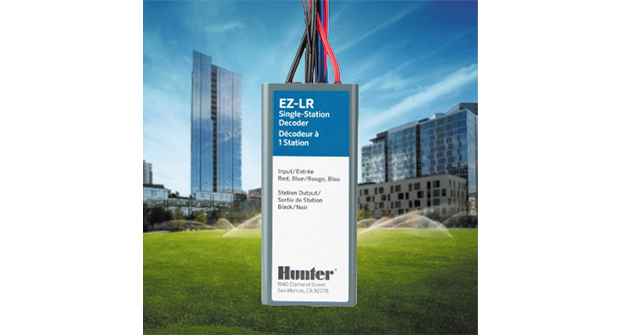In the early years of my landscaping company, I was always on the hunt for “the big one;” the job or the client that could make our year.

I wish I had learned earlier on that the big jobs and clients can also break your year. It’s happened to me, and I’m sure it’s happened to you too: You win a huge project, but you don’t make money on it because you missed details or underestimated the work required. In those instances, the “big one” ends up being a big loss.
Today, misses on big projects are fewer and farther between than they were in our early years, largely because of our systems and advice from other landscape professionals who were doing this successfully when we were still striking out.
I’m excited that we’ll get to tour McHale Landscape Design as part of this year’s Field Trip with the NALP so I can learn even more from a company that’s successfully tackling “big ones.” The McHale team has a long track record of success installing large and absolutely stunning residential landscapes in the Washington, D.C., metro area. Here are a few things I’m looking forward to learning from their team.
How they handle the initial design
McHale holds many, many awards from NALP’s Awards of Excellence program for residential designs and installations. The company does spectacular work, and I’m always looking to it for design inspiration. The key to winning national awards is creativity in the design, and I’m curious to know where the McHale team finds inspiration.
The McHale business model is built around the idea of “single-source design/build,” meaning the firm employs team members in trades that most companies sub out. This integrated model means it can maintain greater control over timelines and outcomes, and it also means it has on-the-ground expertise as well as seasoned design professionals available to guide clients through the process.
This is a different approach than we take at Grunder Landscaping Co., but I think the mindset is the same whether you use in-house talent or find reliable subcontractors: Only make promises to clients that you know you can keep.
How McHale trains for quality
I think there’s a lot I can learn from how McHale sets quality standards for each step of the installation. Quality is what it is known for. This step can be where plans go awry; you get so focused on quality that sometimes efficiency goes out the window. At least that’s a pitfall we’ve fallen into before. McHale treats its operations team as a profit center and expects the team to deliver on quality, client satisfaction and profitability of the job.
The intersection of quality and profitability is one I discuss often. We need to spend our time on quality to the point that our clients value it; anything beyond that is a waste of our time and our clients’ money.
How McHale convert clients to maintenance
McHale does these great designs and installations, but 50 percent of its revenue comes from maintenance services. The company is doing something right when it comes to handing off projects to be maintained, and I’d love to learn the secrets.
This skill is something we’re constantly talking about at Grunder Landscaping Co. We must be intentional about the handoff to sell the maintenance contract, but we also need to be on our A-game and try to win as much maintenance as we can after installation.
The opportunity to learn from McHale Landscape Design is invaluable. The company’s success in large-scale projects, training for quality and converting clients to maintenance is a testament to their expertise and dedication. By observing and integrating their practices into our own, we can continue to refine our approach, deliver exceptional results and, ultimately, elevate the standards within our industry.
I hope to see you in the D.C. area this September. If you haven’t signed up yet, what are you waiting for? Click here for more information.


